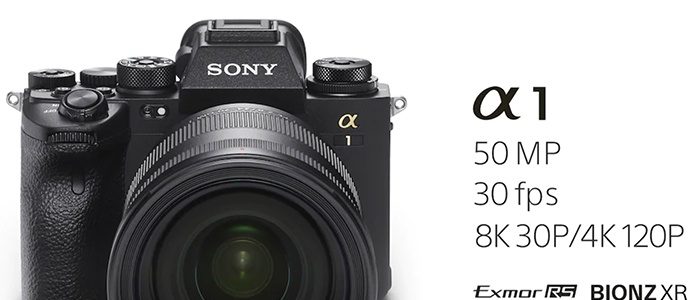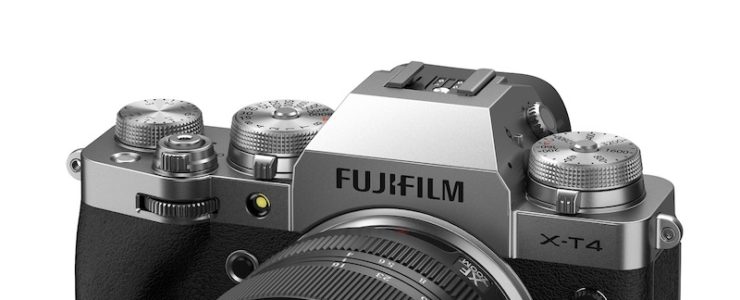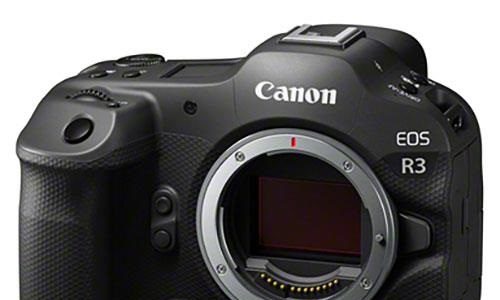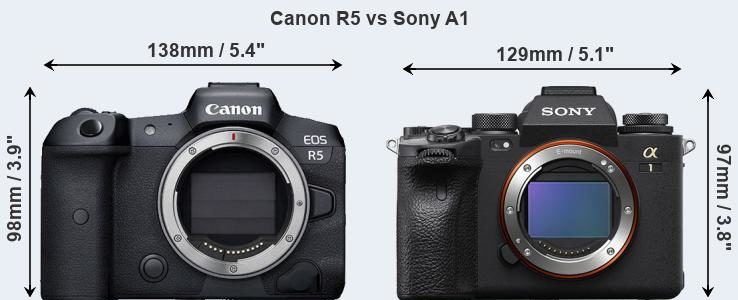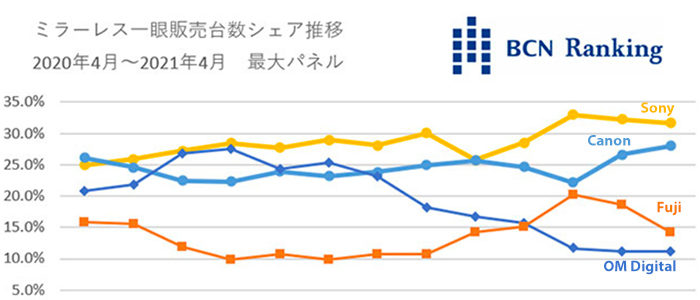Sony ALPHA 1 vs Canon EOS R5 Review: Movie Quality Comparison
A new Sony ALPHA 1 vs Canon EOS R5 review, looking at and comparing the movie quality of both cameras.
Gordon Laing posted his Sony ALPHA 1 vs Canon EOS R5 review after having tested the Sony for 6 months. The cameras are compared looking at he movie quality. A $6,500 Sony camera compared to a $3,900 Canon camera. Enjoy.
More Sony ALPHA 1 vs Canon EOS R5 reviews are listed here. More Canon EOS R5 review stuff is listed here, for EOS R6 review stuff see here. The EOS R5 is highly regarded as a stills camera. In particular, the EOS R5 autofocus system seems to be huge leap forwards. User manual are available for download for the EOS R5 and the EOS R6.
Canon EOS R5:
America: B&H Photo, Adorama, Amazon USA, Amazon Canada, Canon Canada, Canon USA
Europe & UK: Amazon DE, Amazon UK, Amazon IT, Canon IT, WEX Photographic, Canon FR, Canon UK, Canon DE
Sony Alpha 1:
America: B&H Photo, Adorama, Amazon USA, Amazon Canada, Canon Canada, Canon USA
Europe & UK: Amazon DE, Amazon UK, Amazon IT, Canon IT, WEX Photographic, Canon FR, Canon UK, Canon DE
More information about the Sony Alpha 1 can be found after the break.

